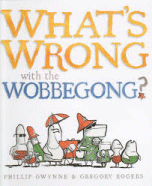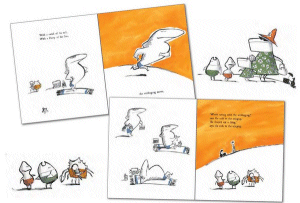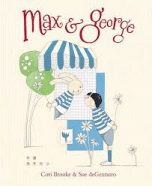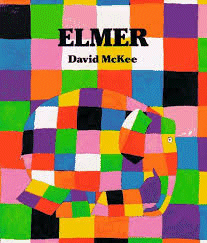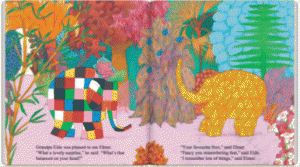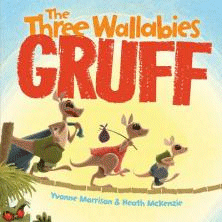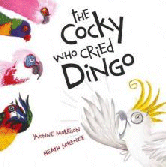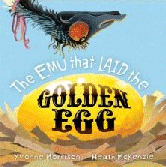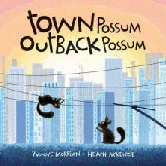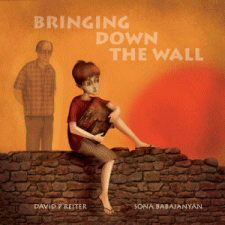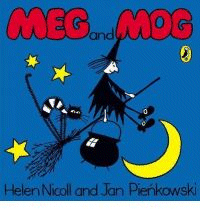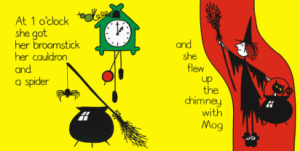What’s Wrong with the Wobbegong?
Phillip Gwynne and Gregory Rogers
Little Hare 2013
hbk RRP$A24.95
9781921714962
Crab is worried. Wobbegong has his towel, his music on his retro radio and his sunscreen and looks set for a day on the beach sunbaking, but he has no picnic basket or esky or any sort of food. “What’s wrong with the wobbegong? He doesn’t eat a thing” says the crab to the stingray. And so begins a quirky cumulative tale as the various marine creatures become more and more concerned about the wobbegong, until…
A wobbegong in budgie smugglers, an ice cream loving crab, a clam in boardies, a humpback in a floral dress and a seabird selling beach treats make up the cast of this endearing story and accompanied by the unmistakeable illustrations of Gregory Rogers – one of the last books he did before he died – it is just delightful. The ending is delicious!!!
This is a story that works on all levels – the rhythm of the language will engage the little ones, while older students will appreciate the humour. Miss 7 will love to share this one with her school friends when she donates it to her school library.
